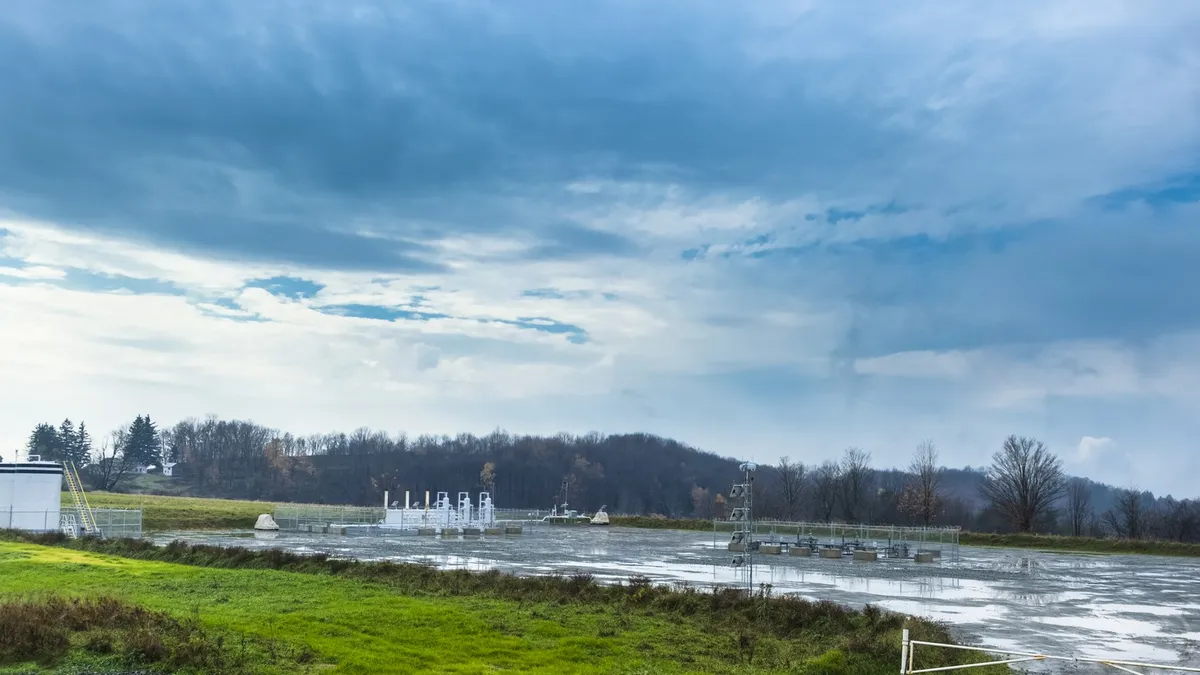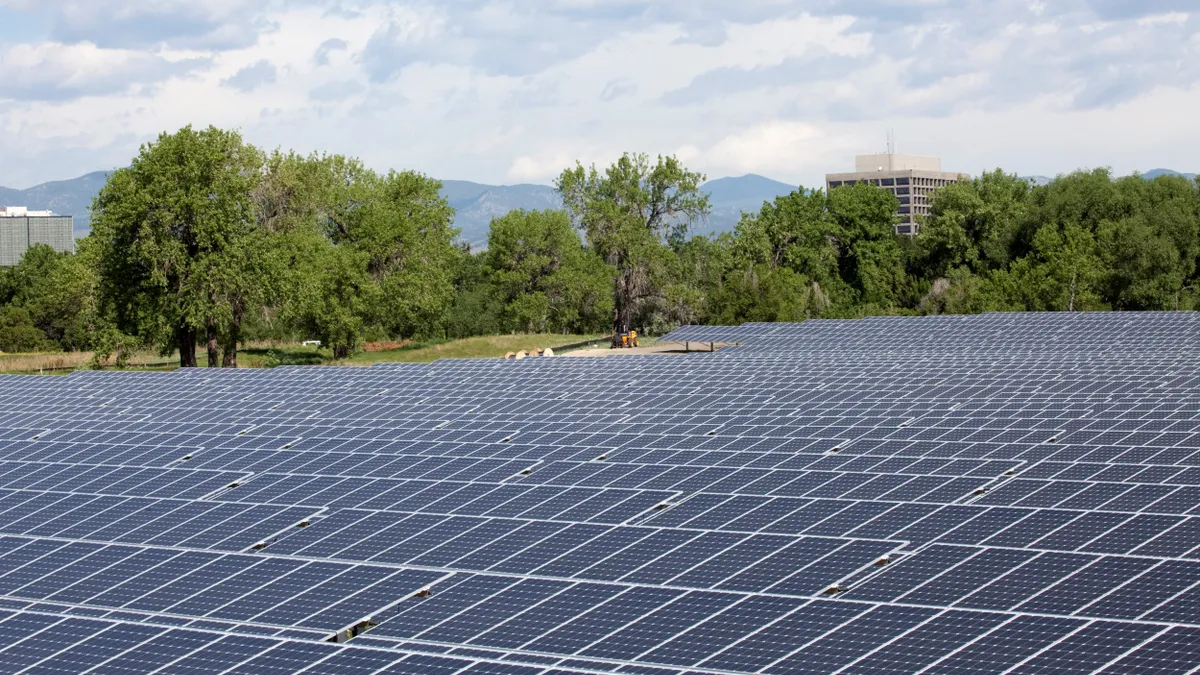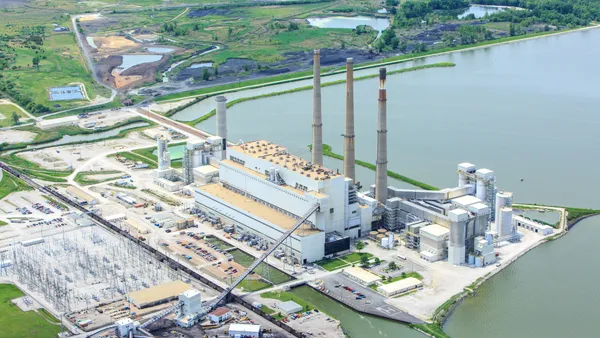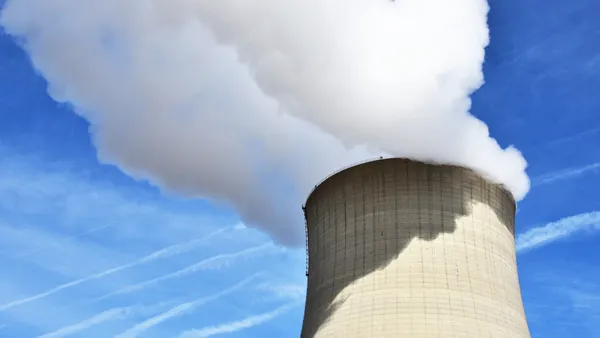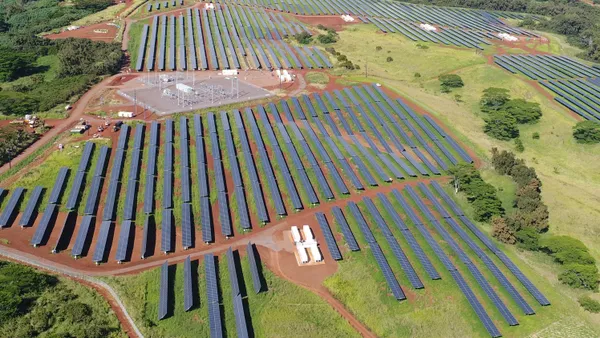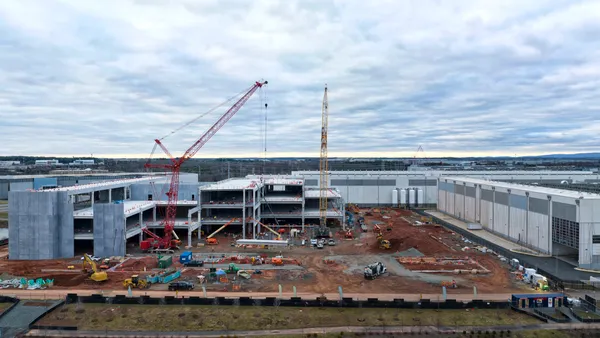Dive Brief:
- The energy services company founded by Energy Secretary Chris Wright is a partner in a “strategic alliance” to provide dedicated power generation to data centers and other large-load customers at a roughly 875-acre industrial park under development near Pittsburgh, it said on Tuesday.
- Liberty Energy will provide modular, 25-MW gas-fired power blocks colocated with customers in Imperial Land Corporation’s Fort Cherry Development District and could eventually scale total onsite generation capacity to 1 GW or more, Liberty Energy Senior Vice President of Power Generation Execution Mike Brady told Utility Dive in an email.
- A subsidiary of independent natural gas producer Range Resources Corporation will source the power systems’ fuel from the surrounding Marcellus Shale formation, “which has an advantaged emissions profile versus other basins in the U.S.,” Liberty said.
Dive Insight:
Liberty’s announcement comes a week after Homer City Redevelopment and Kiewit Power Constructors announced plans to build up to 4.5 GW of gas-fired generation on the site of the retired, 1,884-MW coal-fired Homer City power plant about 60 miles from the Fort Cherry project.
Data centers are increasingly turning to onsite power generation as interconnection timelines and grid congestion grows, experts say. Power availability and time-to-power have emerged as crucial considerations for data center developers and operators, according to a report released earlier this year by power systems provider Bloom Energy.
If built, the Homer City plant would become the country’s largest gas-fired power plant, Kiewit said. GE Vernova will supply the facility with seven hydrogen-ready gas turbines beginning in 2026, begin producing power in 2027 and eventually support a data center campus sprawling across 3,200 acres, according to HCR and Kiewit.
Earlier this year, GE Vernova CEO Scott Strazik said his company’s order backlog for gas turbines and other power-system equipment would soon stretch into 2028 amid escalating demand for gas-fired power generation. GE Vernova plans to nearly double its gas turbine production capacity by 2027 and maintain it at that level for the foreseeable future, Strazik said in January.
The Fort Cherry project would not rely on gas turbines sourced from GE Vernova or any other manufacturer, Brady said. Liberty uses “high-efficiency flexible natural gas generation” equipment that can scale quickly, allowing it to deliver power to the project’s first phase in as little as 12 months, he said.
“We utilize gensets from a range of manufacturers with proprietary Liberty controls systems that seamlessly integrate into our centralized, grid-integrated network operating center,” Brady said. “[We have] already purchased items with long lead times, so we could deliver quickly.”
In March, Liberty acquired IMG Energy Systems, whose “modular power product design enables rapid deployment for microgrids, uniquely positioned to meet resiliency expectations for data centers and other applications,” it said at the time.
The “priority” for generation assets at Fort Cherry “is to provide power to the industrial customers within the park, but [they] will be designed to export power access to the grid,” Brady said.
Range’s “vast” Marcellus Shale reserves are adequate to meet the “decades-long supply requirements of a data center client [or] large industrial tenant,” Range Vice President of Marketing and Midstream Alan Engberg said in a statement.
The Fort Cherry Development District’s buildout timeline is unclear. Imperial sold a 20-acre parcel in 2023 that could host nearly 200,000 square feet of industrial, distribution or research and development space and recently completed three “pad-ready development sites” as part of the project’s first phase, but has yet to announce a tenant by name. At full buildout, the district could accommodate an estimated 6 million square feet of finished space, with individual buildings up to 1 million square feet on sites as large as 100 acres, Imperial says.


